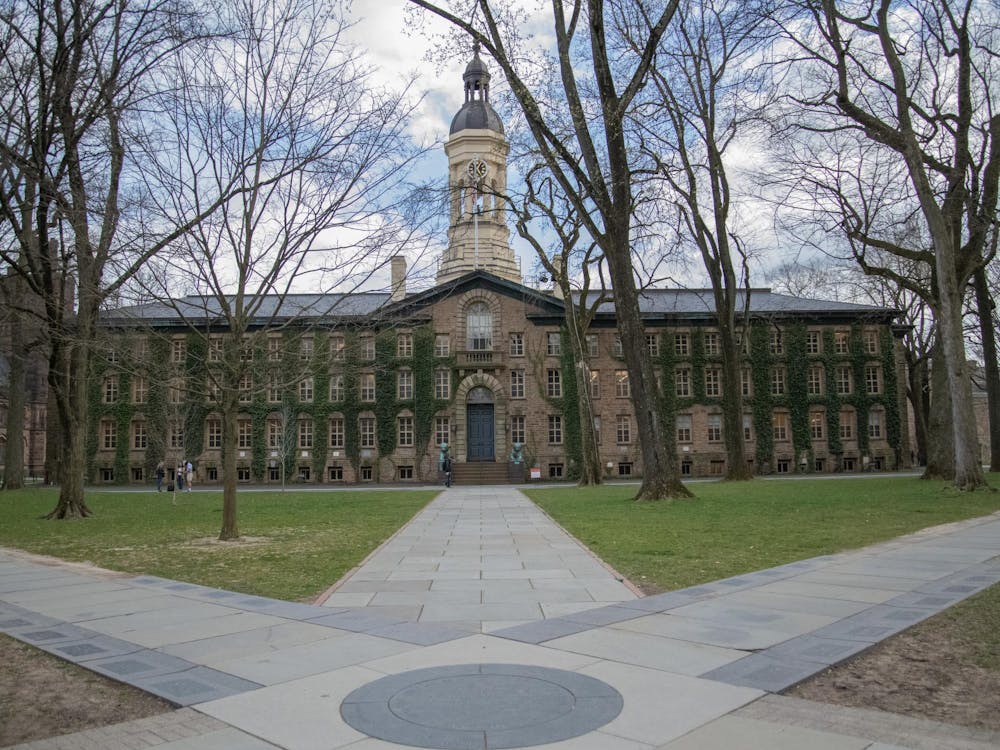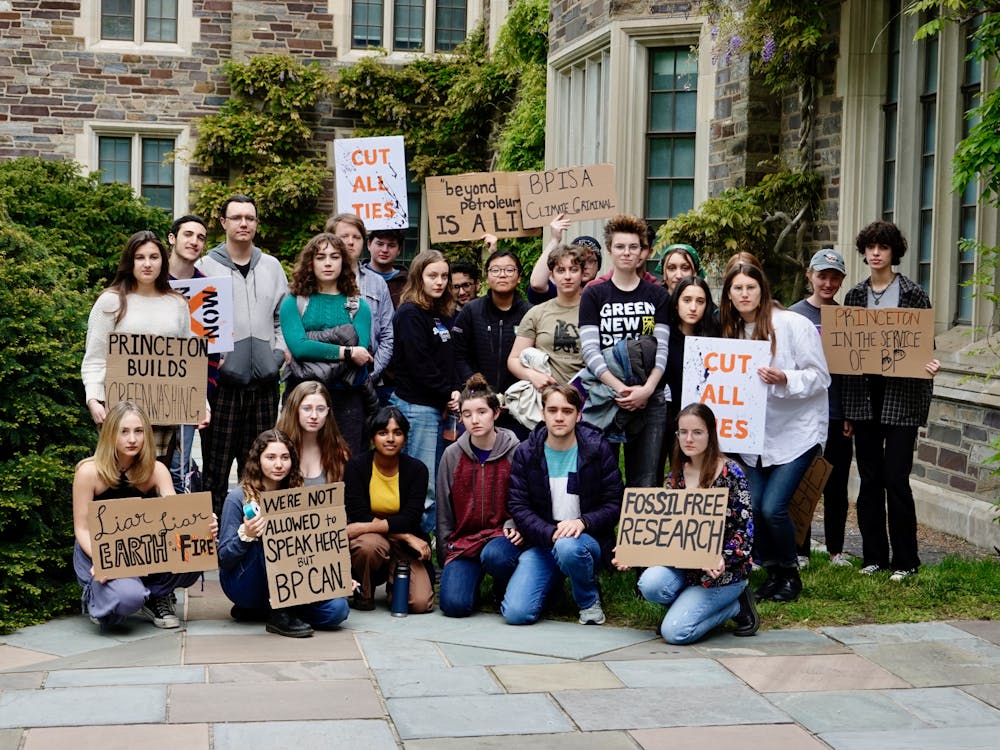by Claire Nuchtern
Whenever i tell people I want to be a teacher, I typically get the same response. Whether I am talking to a friend at school, a friend from home or a family friend, they typically ask, “So, you’re looking at TFA?” I normally surprise them when I let them know that no, I have no desire to become a TFA corps member. After having all of these myriad conversations about the omnipresent TFA, I’ve realized that it is not my only, or even my best, option as an aspiring teacher.
Teach for America originated from a senior thesis project at Princeton. Wendy Kopp ’89, a Wilson School major, was frustrated with the consistent flow of Princeton students to consulting and Wall Street firms and wanted to provide an equally prestigious opportunity in public service. Her program recruits high-achieving college students to spend at least two years teaching low-income students. The teacher-recruits receive five weeks of training, with the assumption that afterward they will be good to go. Over the past 23 years, Wendy’s organization has placed 33,000 of these high-achieving college graduates in front of some of our country’s most disadvantaged students.
Many consider TFA to be a valuable program, with good reason. First, in most studies, TFA teachers have been shown to be no worse than an average incoming teacher at English and slightly better in math, based on their students’ standardized test scores. Second, despite the fact that only 28 percent are still teaching five years out (compared to 50 percent of all teachers), TFA argues that their corps members will always retain the social justice perspective that they gained from their two-year commitment. Finally, TFA does have the distinct advantage of being able to provide a full teacher’s salary in its first year, unlike the smaller stipends of other teacher-training options.
My problem with TFA is not that it’s necessarily harmful to all students or all school districts, but rather that it’s not the only option for high-achieving college students who want to be teachers. It is impressive that TFA teachers, despite only having five weeks of training, are able to perform at the average level that they do. But, what if we gave them a year of hands-on training? How effective could they be then?
Here, I am specifically referencing the Teaching Residency model. Based off the medical residency, participants in a teaching residency program spend a year training to be an urban teacher through two major pathways. The first, and the most crucial, is spending a year in a classroom with a veteran urban teacher, gradually taking on more and more responsibility as the year goes on. The first month of the year might be spent observing and getting to know the students. By November, residents teach a full week of courses and by May, they instruct half of the classes. All of the training occurs within the school district where the residents will spend the next three years teaching — diverging from TFA’s model of training in a summer school in a city where the corps member may never teach again. Simultaneously, residents receive a free masters in education, taught by the same people who are their instructional coaches in the classroom. This allows professors to tailor their content to meet each teacher’s specific needs.
There are now 17 residency models across the country in cities including Boston, New York, D.C. and Los Angeles. I was first introduced to the Boston model during my summer of teaching middle school math through a fantastic program called Breakthrough Collaborative. Breakthrough has a two-fold mission of launching low-income middle school students on the path to college and encouraging high-achieving college students to consider urban education as a career path. Toward the end of the summer, we had a career panel at which different teacher preparation programs came to talk with us. I was immediately blown away by Boston Teacher Residency.
Residency programs see teaching as a skilled profession that requires intensive and hands-on training. Each residency program is developed in conjunction with the school district, ensuring that the program produces graduates that will be invaluable to the school district. And finally, it produces some of the most dedicated teachers in this country. After 10 years, 87 percent of BTR teachers are still teaching. These are teachers who were trained well and therefore have the energy to keep on doing what they love. TFA, with its “sink or swim” model, often burns out its corps members, essentially ensuring that many aspiring teachers wind up leaving teaching to pursue work outside of the classroom. Contrastingly, BTR staff continue to provide support and advising to former residents, allowing them to fix any weak areas as quickly as possible to maximize student learning.
One day I hope to step into my own classroom as Ms. Nuchtern, a middle school math teacher. My first year of teaching will be difficult no matter the circumstances. This simple fact motivates me to get the best preparation possible to ensure that I can help my students achieve at the level they deserve.
Claire Nuchtern is a Wilson School major from Houston, Texas. She can be reached at nuchtern@princeton.edu.









